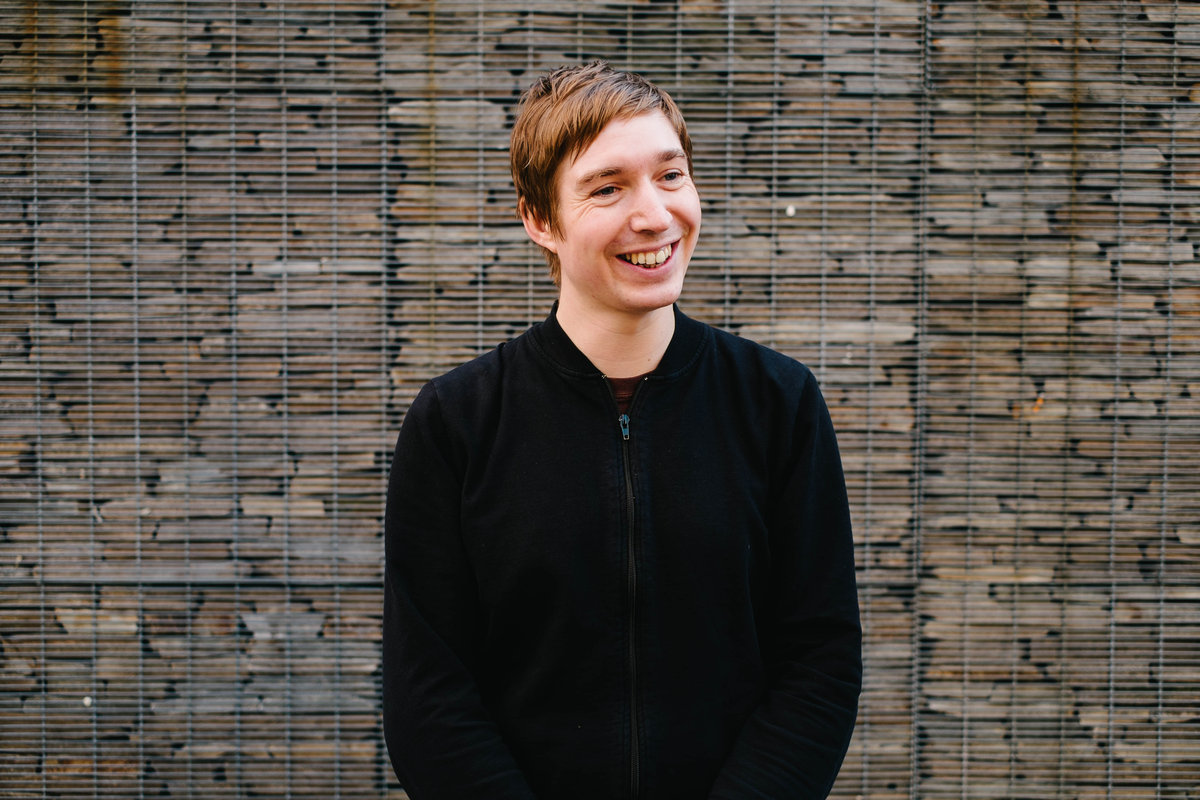Written by:
Share article:
What is mechanical techno?
This is an interview with Graham Dunning via email.
When and how did you become interested in making mechanical music?
The Mechanical Techno project developed from other stuff I was already working on. In 2009 I started experimenting with turntables and modified records with a view to using this in an experimental music context. I used these in early live sets to create abstract collages of rhythm and drone. Looping rhythms from scratched up, retextured or partially blanked-out records have been a part of my work since then. Lots of small things developed over time to contribute to the project. The realization I could trigger a synth with the rhythms of record crackle was a big one, something I discovered at a workshop I ran at my studio for artists working with turntables in 2013. I made this track with that method.
I've been playing objects and things other than records on turntables since 2009 too. A glass clock face, a metal disk, broken cymbals. Stones and marbles. Exploring combining rhythms from different sources more, I put together this machine in January 2014. That was when I also started calling it mechanical techno.
Around that time I saw this video by Danish experimental turntable duo Vinyl Terror and Horror. I realized that their technique of stacking up the records would also work really well for rhythmical compositions - all the layers rotate together so they will always stay in sync. I used the idea in the mechanical techno setup and developed it from there.
I bought a drum synth module which I could trigger with piezo contact mics, which started to give it a much more banging, electronic feel. The first live set in which I used the techniques was in Brighton in February 2014.
What was the creative process of the project Mechanical Techno?
As a project it's constantly evolving. It began just as a studio thing really as I thought it would be too cumbersome to carry all the gear around to gigs, and in the studio I build the machine differently every time. I played a couple of live sets incorporating parts of the setup, and finally now perform with the whole thing live.
What I like about it is that it's modular, so can keep growing all the time. I can come up with a new idea and know it will fit alongside the existing sound sources - I can add different things on different levels of the machine and they will always stay in sync.
So, for example, the mechanical cowbell was a later addition that took a few failed attempts before I could get it to work. The copper disk sequencer I developed over the course of a month at Machines Room, using the pattern plotter and laser cutting machines there. I've been working on triggering solenoids to play other acoustic objects, but this needs a lot more work.
There are also lots of minor adjustments that happen with each new recording setup or performance. Sometimes it totally surprises me with something I could never have planned. At one gig, a speaker I was using as a bass drum started feeding back, due to the low frequencies coming from the subs of the PA. Due to the specific physics of the space, it was pulsing rhythmically with the track I was creating, so it worked perfectly to incorporate it into the set. So feedback systems are something else I'm now starting to incorporate.
Sometimes I also adapt the setup for a specific performance. One event was linked to Brion Gysin's Dream Machine - a rotating cylinder around a light-bulb, which creates stroboscopic patterns with the intention of triggering a trance state. I made a miniature version to incorporate into my setup, using the rotating lights to create a pulsing pattern from a light-responsive synth.
How do you feel about your project ''Mechanical Techno'' becoming so popular? Does its success influence you in a certain way?
It was quite crazy to see the video 'go viral', interesting to see how it spread. I was booked to play a gig in Berlin in February which came directly from the video. It's also a great way for me to explain the project to people. Having more opportunities to perform with the project has helped me improve it, but I'm trying to keep to the original function of the machine - for composing new tracks that I might not otherwise be able to write. I'm focusing on the things I can do with the machine that would be harder to do with a computer, drawing out the fallibilities and inconsistencies, the wonkiness and mistakes.




